Perhaps some of us out there are still scratching our heads trying to understand the rationale behind engine downsizing in modern production cars. But with petrol prices surging to near-record levels every now and then in this present reality, and many experts forecasting a steady climb over the next few years, consumers need good solutions to cut their fuel bills. And yes, we need this, like, yesterday!
So, simply put, this fast-growing trend in the automotive world involves using a small-capacity engine boosted by a turbocharger. In decades past, three-cylinder engines were found on only the lowest-cost econoboxes and kei cars. They were rough, slow and generally unpleasant to drive.
Fast forward to the present and Ford’s new 1.0 litre EcoBoost mill actually develops substantially more horsepower and wheel-spinning torque than the current 1.5 litre engine found in the latest ‘conventional’ Fiesta.
And here’s some food for thought: automotive engineers like to talk about “specific output,” essentially the amount of power from a given displacement. The new 1.0 litre EcoBoost does 125 hp per litre of displacement. In contrast, the Lamborghini Aventador‘s 6.5 litre V12 lump produces ‘just’ 108 hp per litre.
So with all this swimming in my head, I arrived at Ford’s media drive event in Chiang Mai, Thailand for the new 2014 Ford Fiesta 1.0 litre EcoBoost.
After a briefing regarding the International Engine of the Year (for two consecutive years now, I might add), the Malaysian motoring press contingent were introduced to a veritable fleet of Ford Fiesta EcoBoost hatches and sedans.
Setting the latest Fiesta apart are a smart five-bar chrome grille and slimmer headlamps that incorporate stylish LED strips for the first time, and these ensure the car looks bigger and wider than before. At the back, new light clusters also add flair to the smart design.
Initially, my car mate and I were assigned the four-door sedan version of the Fiesta, and we then set off on the road. Needless to say that around town, the engine felt smooth and quite peppy – 125hp in a 1,100+ kg B-car is certainly a recipe for big, fat grins all around! We were also handed a route plan that saw the turbo Fiestas on long stretches of highways, long sweeping downhill corners and tight mountain roads.
In the busy urban road conditions in and around Chiang Mai on the first phase of the drive, involving some start-stop traffic, I was really keen on testing was the smoothness of the Powershift transmission. The shift shock wasn’t so obvious, but it’s there.
This is due to the fact that the Powershift transmission makes use of dry clutches and electronic actuation instead of hydraulics like a torque converter in a conventional automatic. The drivetrain at low speed isn’t as smooth as some would prefer, but the lower power output at lower RPMs tends to minimise any jerkiness, and once the engine is revved up, Powershift works perfectly and the three-cylinder lump actually even managed to feel refined and a fair bit bigger!
Ride and noise levels are slightly improved over the not-too-old model. As for fuel economy? Well, for starters, the EcoBoost Fiesta does 100 km/h at 2,250 rpm in sixth gear. After zeroing the trip computer on the level highway with some downhill portions and onto one of the rest stops, the readout stayed at 5.8 litres per 100 km at an average speed of about 75 km/h.
After a bit of math, this works out to about 17.2 km/l! Even better, the stop-start system helps the EcoBoost promise CO2 figures that’s below the 100g/km mark!
In the cabin, there are also signs of this car’s move upmarket. A new gloss black ‘flow through’ insert joins together the dash and centre console, and ensures the feeling of plushness pretty much everywhere inside. Ford has also added some new gadgets, including the SYNC streaming system that pairs to your portable device via Bluetooth.
Out of city limits, I had the opportunity to open up the tap a little and really see what the Fiesta EcoBoost could do. It’s respectably quick, being able to do a 0-100 km/h sprint in 9.4 seconds; pretty good for a B-car. On the less-than-busy highway belt around Chiang Mai, even without using the Sport setting for the transmission, the dual-clutch transmission responds instinctively.
Increase pedal pressure during a cruise and the gearbox will kick down a cog or two, matching the foot’s command for more speed; something the spooled-up turbo will oblige as well. Thus, overtaking is a breeze and sustaining speed on the less than busy is easy.
Switching to the five-door hatch after a rest stop about 38 km outside Chiang Mai, it was time for a test on confident handling, stability, precision in steering and flat torque curves of the engine. This leg of the drive was a combination of winding highland roads and highway.
In these surroundings, the Fiesta is flawlessly nimble as always, and cabin noise at extra-legal speeds stayed at a delightfully low level, the torque delivery smooth due to a match with its tranny – most of all, it didn’t feel like a three-cylinder car at all!
From the driver’s seat, the Fiesta hatch is simply a whole lot of fun (not that the sedan was a bore, mind you!), and it so happens to coincide with a stint on a piece of exhilarating mountain road filled with tight, winding tarmac with blind exit corners. It’s a good thing that the Fiesta EcoBoost handles, brakes and accelerates with confidence.
At the end of it all, all who took part in this drive had huge grins. After all, what’s there not to like? Here is a competent platform that bites into corners keenly, has a pleasantly nimble chassis balance and is relaxing to potter around town in as well. The 1.0-litre EcoBoost engine is partly to thank, with its characterful three-cylinder thrum and midrange torque.
It’s not as fast as the power-to-weight ratio suggests though; tall, eco-friendly gearing holds the car’s gusto back. But I guess in this in present reality of expensive fuel and increased environmental issues, compromises have to be made… and the Fiesta has already lost one cylinder!
Of course, there’s the issue of pricing. The current Ford Fiesta 1.5 costs around RM87,000, and word around the campfire is that the EcoBoost variant may cost up to RM12,000 more.
Those already keen on the downsizing of powertrains in cars will jump in and say that you’ll “get the same satisfaction driving it” or “you’ll save on road tax”, or even “you’ll help save the planet”.
But many more, perhaps, will find paying such a premium for a Fiesta, however green and good it may be, a little difficult to comprehend. Yes, you do get more power and you can save on fuel and road tax expenditure, but will Malaysians accept paying around RM99,000 for a one-litre car?
Looking to sell your car? Sell it with Carro.

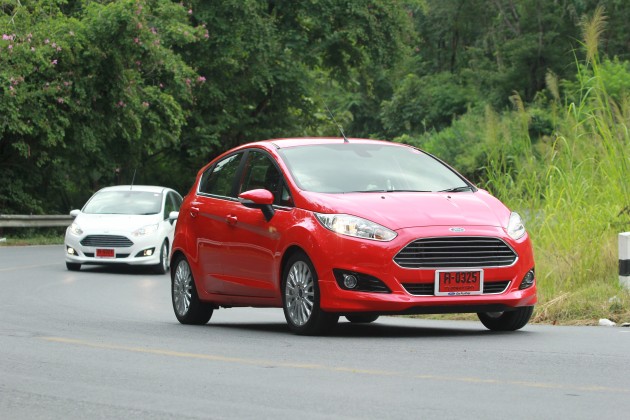
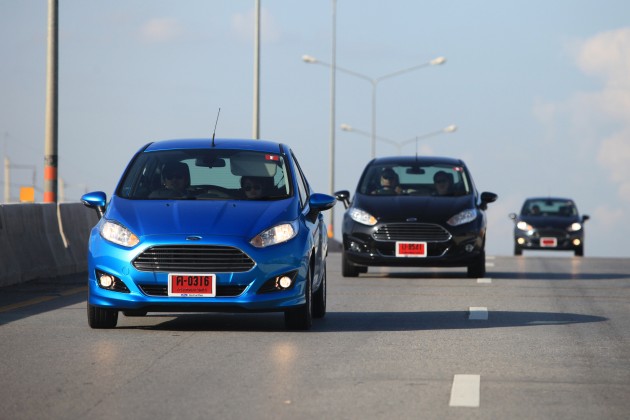
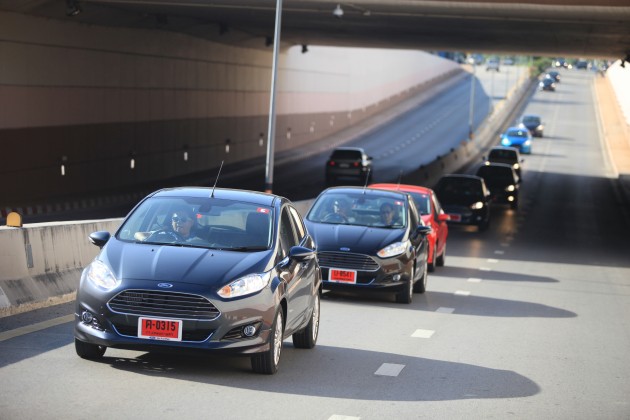
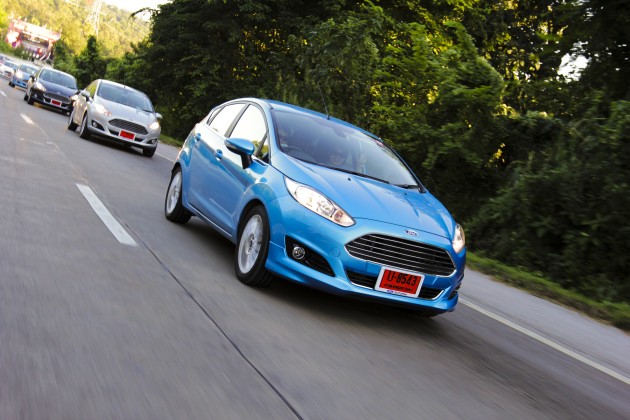
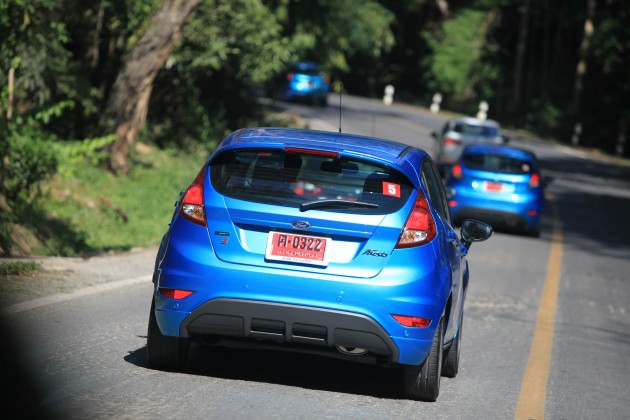
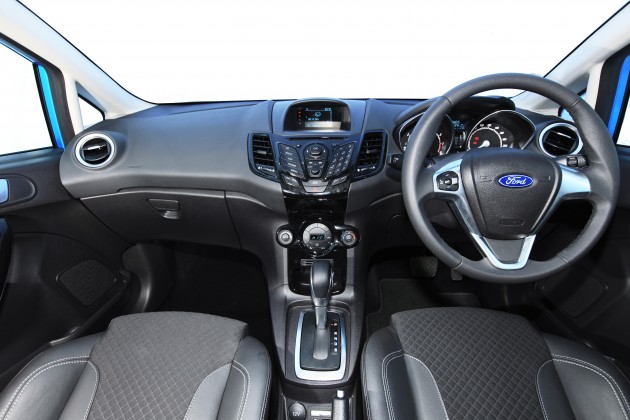
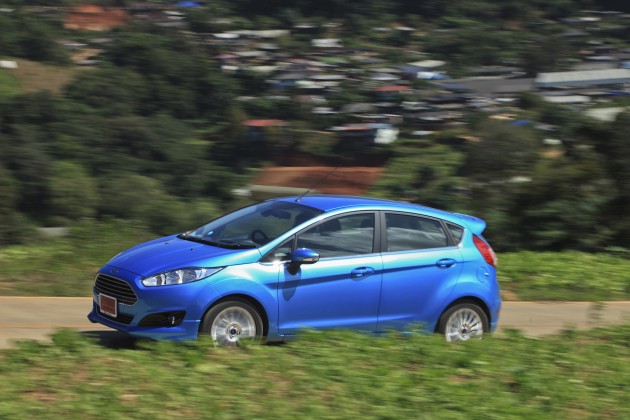
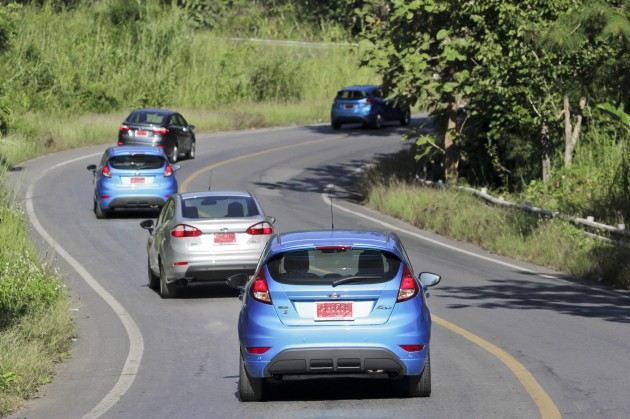
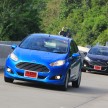
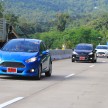
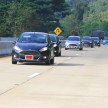
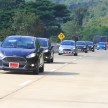
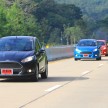
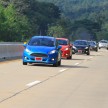
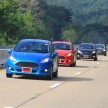
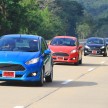
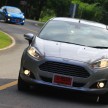
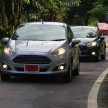

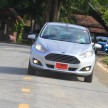
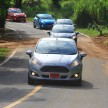
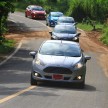

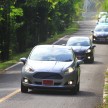
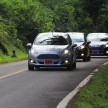
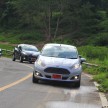
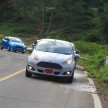
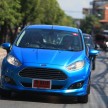

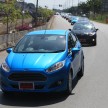

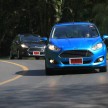
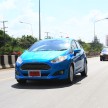
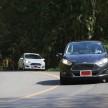
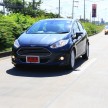
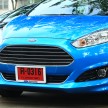
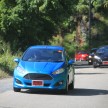
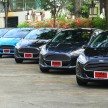


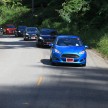
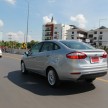
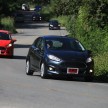
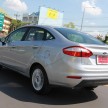
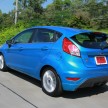
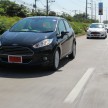
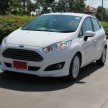
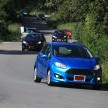
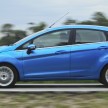
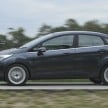
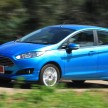
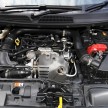
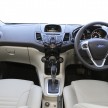
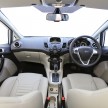
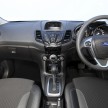
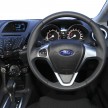
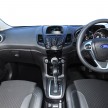
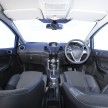
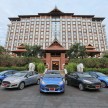
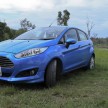
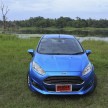
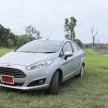
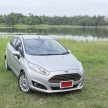


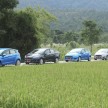
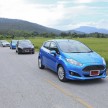
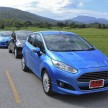

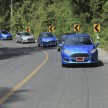
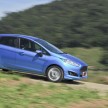
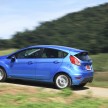
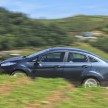
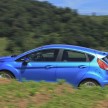
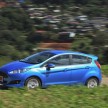
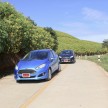
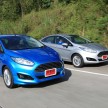
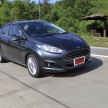
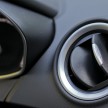
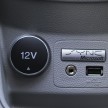
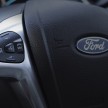
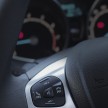


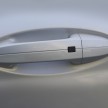
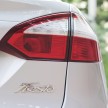
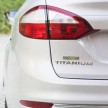
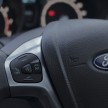
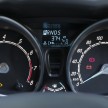
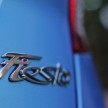
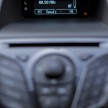
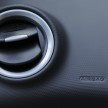

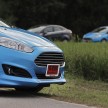
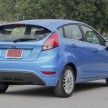
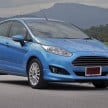

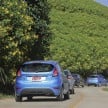
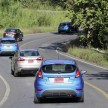

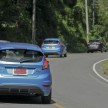
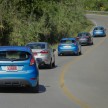
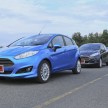
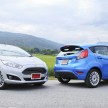
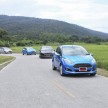
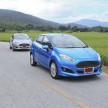
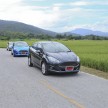
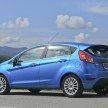
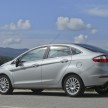

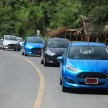
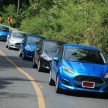
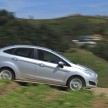
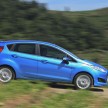
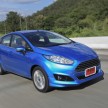

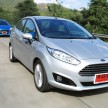
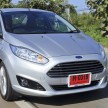
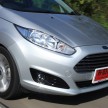
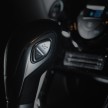

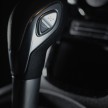
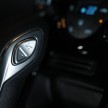
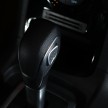


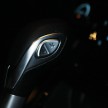
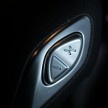
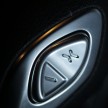
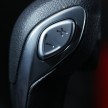
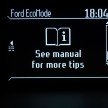
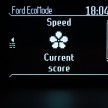
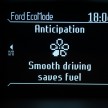
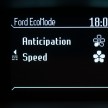
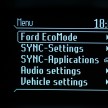

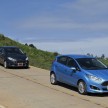
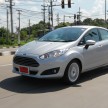
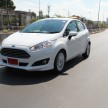
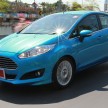
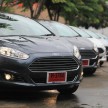


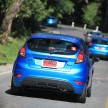

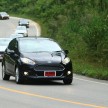
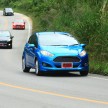
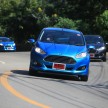
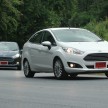
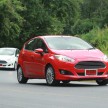
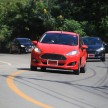
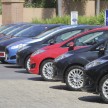
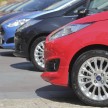
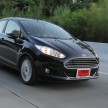
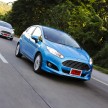
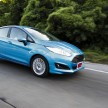


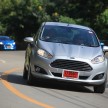
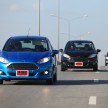

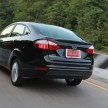

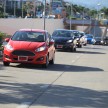
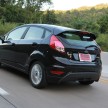
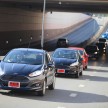
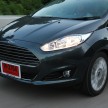
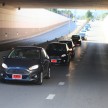
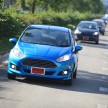
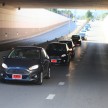

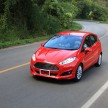
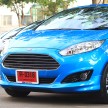
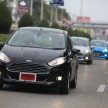
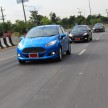
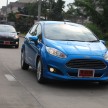
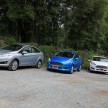
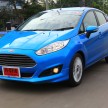
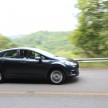
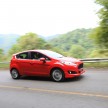
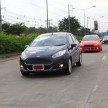
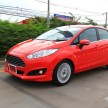
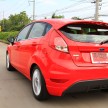
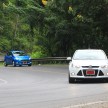
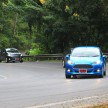
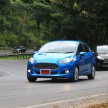
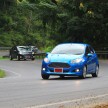
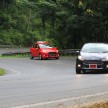
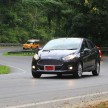
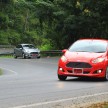
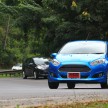
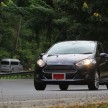














AI-generated Summary ✨
Comments reflect skepticism about the high price of the Ford Fiesta 1.0 EcoBoost, with many arguing it is overpriced at RM99,000 and comparable alternatives like Kia Cerato and Peugeot 208 offering better value. Several commenters mention the car's small size and engine, questioning affordability and practicality in the Malaysian market. Concerns about the reliability of the dual clutch transmission, high servicing costs, and limited after-sales support are expressed, with some warning against potential gearbox issues. Others praise the engine’s power and efficiency but feel the price diminishes its appeal. Overall, sentiments are mixed, leaning towards disappointment over the pricing strategy, with many suggesting that the model may not succeed without a more competitive price and assured reliability.